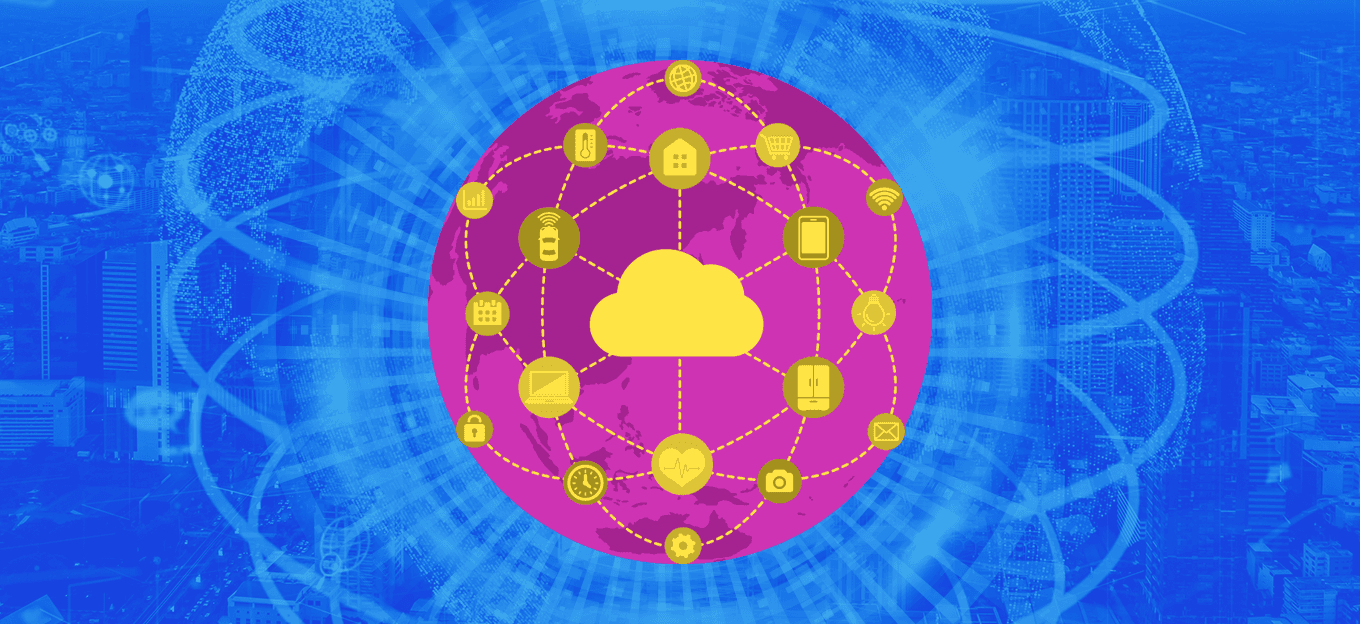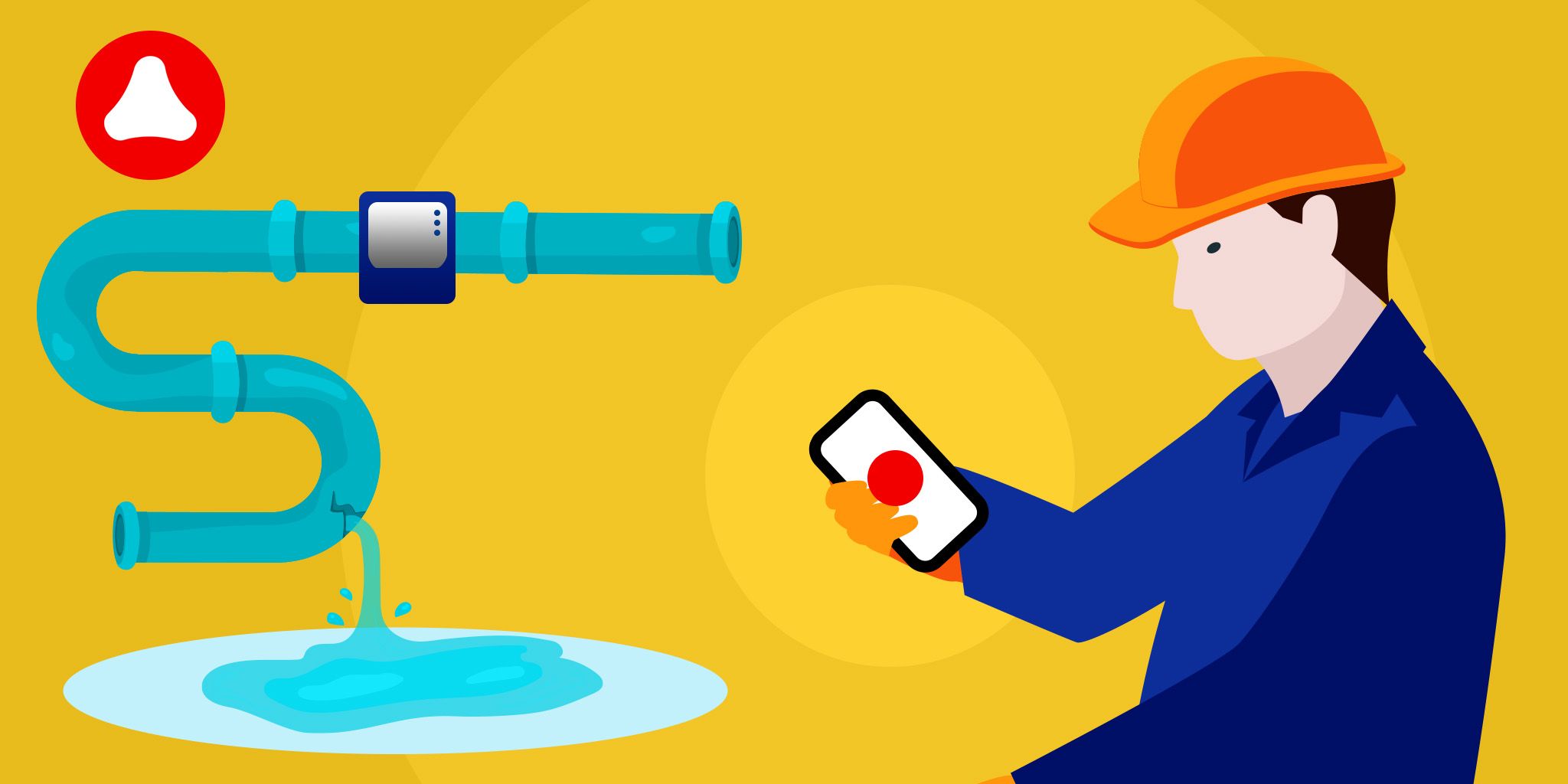How Can IoT Devices Improve Insurance Companies' Risk Management Practices?
How Can IoT Devices Improve Insurance Companies' Risk Management Practices?
- Last Updated: December 2, 2024
Devin Partida
- Last Updated: December 2, 2024



While risk management is foundational for the insurance industry, companies often use outdated technology to identify and assess potential threats. If they utilize the Internet of Things instead, they can improve their standard practices and significantly benefit.
Do Risk Management Practices Need Improvements?
Traditional risk management practices have a lot of room for improvement because they rely on legacy technology or manual labor. They’re often filled with inaccuracies and are prone to human errors. In fact, experts think they don’t effectively address threats at all.
IoT devices can help in three significant areas of improvement:
- Inefficient: Manual risk management processes are incredibly time-consuming. If you leverage IoT technology instead, you could automate workflows to increase efficiency.
- General: Traditional risk management practices are too broad because they don’t leverage historical data beyond previously documented interactions. With IoT, you can collect accurate, real-time data on assets.
- Complex: Insurance companies’ risk management practices are particularly error-prone because they lack technological validation and are overly complex. If they used IoT devices, they could streamline processes to simplify and improve consistency.
IoT devices can quickly address the main pain points of traditional risk management approaches. Its unique functions and capabilities make it one of the best technologies for most insurance types, which is ideal. After all, standardized solutions are crucial when you want to simplify and improve your current approach.
What Are the Applications for Risk Management IoT Tech?
The main applications where insurance companies can utilize IoT technology to manage risk include home, auto, and health. With surveillance and damage measurement IoT devices, insurance companies could improve their risk management practices in some of the most common areas.
You can use IoT technology to manage home insurance risk by installing devices to monitor conditions and notify you of any relevant changes. For instance, you could utilize detection sensors to detect leaks, track the impact of severe weather events, or enhance security.
When it comes to auto insurance, built-in sensors could detect your average speed, acceleration rate, and amount of times you suddenly break. IoT surveillance cameras could even monitor your facial expression or track your eye movements to identify when you’re driving distracted.
In health care, remote patient monitoring technology connects patients to their providers and collects relevant medical information. For example, IoT wearables can track activity and vitals while remotely monitoring them in real time. Insurance companies can use it to identify client risk, allowing them to restructure policies or mitigate potential threats.
How Can IoT Improve Risk Management Practices?
IoT technology can improve traditional risk management practices by increasing efficiency, consistency, and simplicity. These improvements impact operational costs, fraud detection, customer connection, and loss prevention.
Cost Reduction
Since a rapid response guarantees minimal damage and maximum protection, insurance companies stand to save a lot of money with IoT technology. It can reduce the cost of traditional risk management, which translates to widespread improvements. For example, IoT sensors can detect unsafe working or living conditions, allowing insurers to step in immediately.
The data the devices collect can also help lower costs. For instance, underwriters can use IoT technology to craft a data-driven risk analysis, saving billions of dollars in the process. An accurate assessment has long-term impacts on how the company deals with the asset, which could translate to more savings down the line.
Fraud Detection
Insurance companies can minimize risk by leveraging connected technology to detect fraud. A solution is essential since a fraudulent claim can be costly to resolve even if you eventually disprove it. Luckily, IoT sensors can help detect inconsistencies in asset data after collection, dramatically improving the chances of fraud detection.
Although fraud might not be as common as other core risks, preparing for it is still an essential part of comprehensive risk management practices. After all, it makes up over $308 billion in annual losses in the U.S. alone.
Customer Connection
Insurers don’t usually communicate directly with the insured — they use automated calls, emails, or texts instead. The constant connectivity of IoT technology gives them an alternative way to stay in touch, which is essential for minimizing risk.
Since clients are one of the largest sources of potential risks in the insurance industry, they deserve special attention and active care. If companies give them an incentive — like ongoing discounts — to use IoT monitoring technology, they may feel more satisfied with the addition.
Loss Prevention
IoT technology can leverage real-time data and enhanced connectivity for loss forecasting, helping insurers reduce losses and potentially decrease the number of claims they have to pay out. Since it provides companies with better, more accurate insight, they can make better decisions regarding risk assessment and mitigation.
Manage Risks with IoT
Sensors and smart devices can revolutionize how insurance companies currently assess and mitigate risks, shifting their management approaches from preventative to corrective. After all, it’s best to use the technology to its fullest potential, even if it means deviating from traditional practices.
The Most Comprehensive IoT Newsletter for Enterprises
Showcasing the highest-quality content, resources, news, and insights from the world of the Internet of Things. Subscribe to remain informed and up-to-date.
New Podcast Episode

Moving Past the Pilot Phase in IoT and AI
Related Articles





